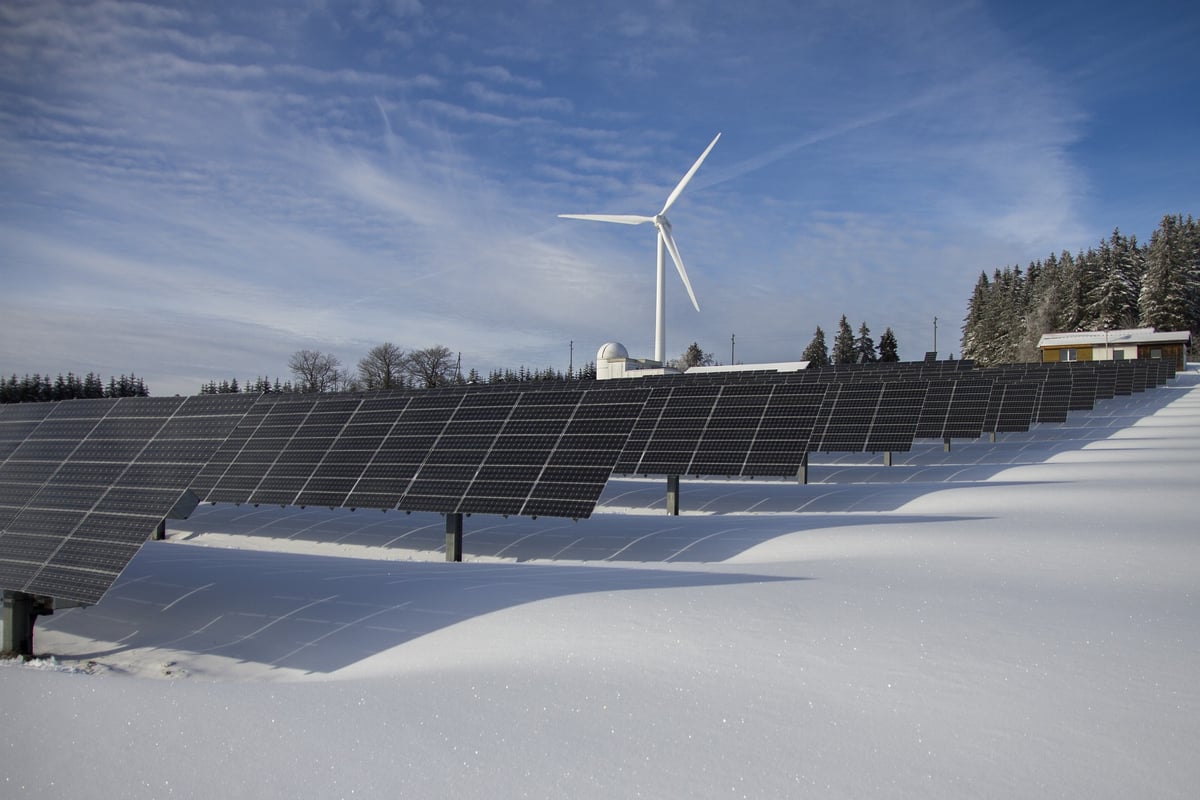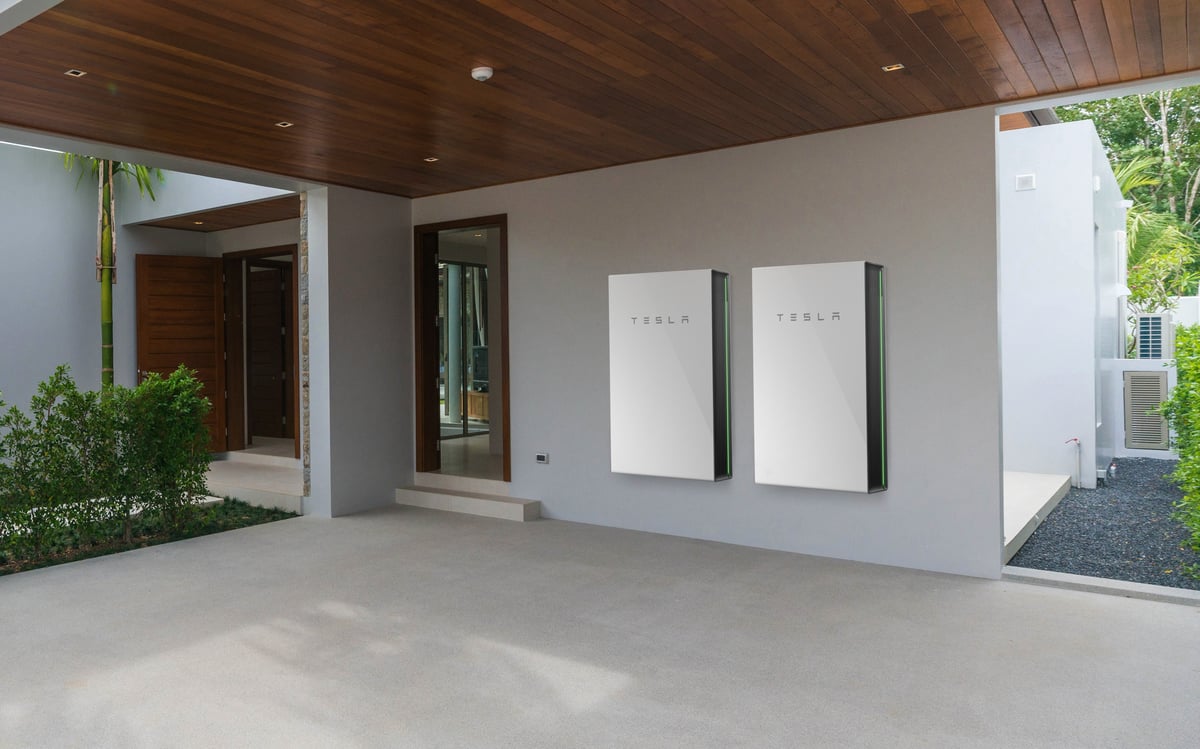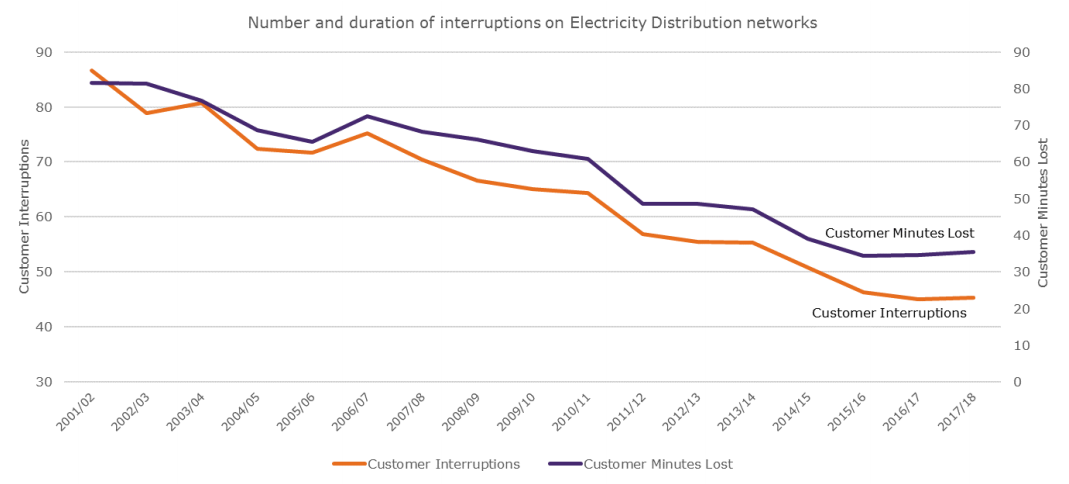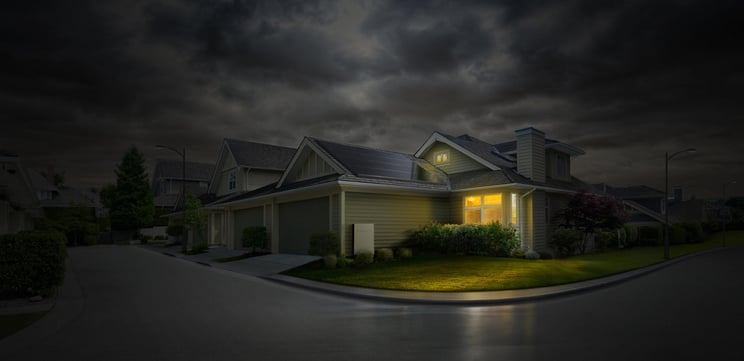At the end of January, thousands of homes local to us across Reading, Bracknell and Basingstoke suffered power outages for an average of 3 hours. This past week, Storm Ciara denied over 500,000 of us access to electricity. And last August the country was hit by the worst blackout in a decade, affecting hospitals, trains and over a million people.
Which begs the question - do you need power cut protection?
What causes power cuts?
Despite popular conception, power outages are rarely caused by a lack of supply (this only happened in the UK during the 1972 miners’ strikes). Instead, they’re generally due to disruption of the grid.
This could be extreme weather like snowfall or wind-felled trees tearing down a power line, which can trip neighbouring lines in order to prevent harm to the wider system, or floods damaging power substations and equipment.
Freak events like lightning strikes and squirrels with a taste for cables can also cause blackouts.
Impact on businesses
A third of businesses reported suffering a power cut last year. The impact of this on the commercial sector can be huge, as more companies rely on digital operations, data and internet access to function. An hour’s outage is estimated to cost a small business £800, with the toll on larger companies even higher. So there can be a strong financial incentive to avoid power cuts in commercial properties.
Will renewables cause more blackouts?
The UK’s electricity supply has surged towards renewables, with the phase out date for coal recently shifted forward to 2024. But does the intermittent nature of wind and solar energy mean power cuts will become more common?

National Grid has an obligation to keep the system frequency (essentially the balance between generation and demand) at 50Hz, plus or minus 1%. It does this through a mixture of frequency response services.
An increased share of intermittent renewables does make the grid more complex to manage in terms of frequency and stability, so with poor management our infrastructure could become more prone to failure. To counter this, National Grid aims to achieve a network capable of running on 100% renewable supply by 2025.
Renewable generators are more decentralised than the giant fossil fuel plants of the past. While making the grid more complicated, this can insulate individual buildings against mass outages when they combine power generation with energy storage.
How to protect yourself against power cuts
To supply your property with power in a blackout, you either need a backup generator (typically running on fossil fuels) or battery storage (which can be charged up by renewables).

For residential properties and small businesses, we recommend Tesla Powerwall 2. It’s the market-leading battery and offers optional power cut protection. You can opt to either back up the whole building, or certain key loads. In the Tesla app you choose a percentage of the battery to keep as a reserve for outages. During a blackout, connected solar panels continue to operate (normally they would shut down in a power cut to protect grid workers). This is great for preventing your clean energy going to waste!
Batteries can help the grid with frequency regulation, by absorbing or releasing power when needed. In doing so, this can make the whole system more resilient to power cuts. To provide this service to the grid, you need to have large scale battery storage (50kW+) - i.e. commercial level - and would be aggregated with other assets.
Are power cuts likely to increase?
Some people are worried that the transition to a renewable energy supply will mean regular power outages, which is certainly possible, but as mentioned earlier, should be kept in check by sufficient investment in our infrastructure.
In fact, according to Ofgem data, both the number and duration of power cuts are falling:

The number of power cuts across Great Britain has reduced by 11% since 2015, and halved since 1990. Average duration has fallen by 9% since 2015, and by 60% since 1990.
Note that the ‘Customer Interruptions’ scale in the graph above refers to the percentage of customers experiencing a power cut in that year, which has leveled off at around 45% in the last couple of years. While the reduction is impressive, you may feel this still seems pretty high...
Do you need protection?
The UK has one of the most stable electrical grids in the world and the figures show it’s improving. Whether it can stand up to the challenges of intermittent supply, decentralised generators and increased demand from electrified transport and heating remains to be seen.
How much you value power cut protection will depend on your circumstances. Are outages particularly frequent in your area? Do you rely heavily on a constant supply of electricity for your home or business needs? Even a short blackout can have severe consequences for some individuals.
Finally...
We’ve seen interest in battery backup features growing in recent years, either from concern about power cuts or to ensure independent solar supply doesn’t go to waste in an outage.
If you’d like to learn more about battery backup, please get in touch or download our free guide:










